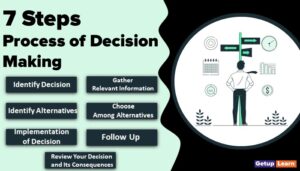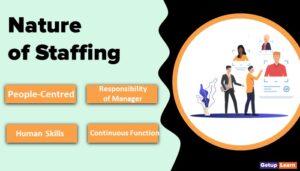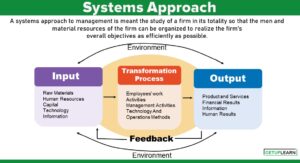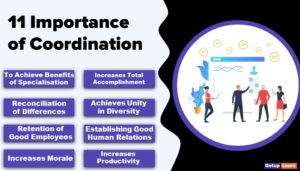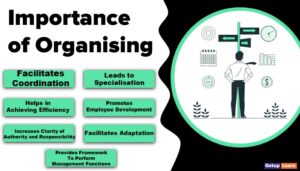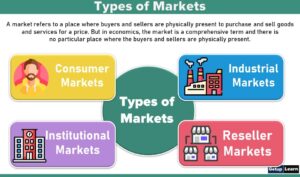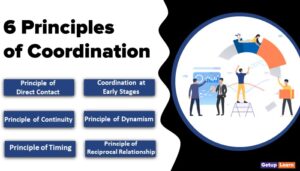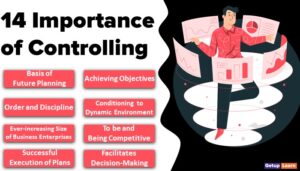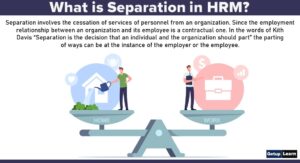Table of Contents
-
1 Strategic Planning Process
- 1.1 Input to Organization
- 1.2 Industry Analysis
- 1.3 Enterprise Profile
- 1.4 Orientation, Values, and Vision of Executives
- 1.5 Mission
- 1.6 Present and Future External Environment
- 1.7 Internal Environment
- 1.8 Development of Alternative Strategies
- 1.9 Evaluation and Choice of Strategies
- 1.10 Consistency Testing and Contingency Planning
- 2 FAQs Related to the Strategic Planning Process
Strategic Planning Process
These are the steps of the strategic planning process:
- Input to Organization
- Industry Analysis
- Enterprise Profile
- Orientation, Values, and Vision of Executives
- Mission
- Present and Future External Environment
- Internal Environment
- Development of Alternative Strategies
- Evaluation and Choice of Strategies
- Consistency Testing and Contingency Planning
Input to Organization
Various Inputs (People, Capital, Management and Technical skills, others) including goals input of claimants (Employees, Consumers, Suppliers, Stockholders, Government, Community and others)need to be elaborated.
Industry Analysis
Formulation of strategy requires the evaluation of the attractiveness of an industry by analyzing the external environment. The focus should be on the kind of compaction within an industry, the possibility of new firms entering the market, the availability of substitute products or services, and the bargaining positions of the suppliers, and buyers or customers.
Enterprise Profile
An enterprise profile is usually the starting point for determining where the company is and where it should go. Top managers determine the basic purpose of the enterprise and clarify the firm’s geographic orientation.
Orientation, Values, and Vision of Executives
The enterprise profile is shaped by people, especially executives, and their orientation and values are important for the formulation of the strategy.
They set the organizational climate, and they determine the direction of the firm through their vision. Consequently, their values, their preferences, and their attitudes toward risk have to be carefully examined because they have an impact on the strategy.
Mission
Mission (Purpose), Major Objectives, and Strategic Intent: Mission or Purpose is the answer to the question: What is our business? The major Objectives are the end points towards which the activities of the enterprise are directed. Strategic intent is the commitment (obsession) to win in the competitive environment, not only at the top level but also throughout the organization.
Present and Future External Environment
The present and future external environment must be assessed in terms of threats and opportunities.
Internal Environment
The internal Environment should be audited and evaluated with respect to its resources and its weaknesses, and strengths in research and development, production, operation, procurement, marketing and products and services.
Other internal factors include human resources and financial resources as well as the company image, the organization structure and climate, the planning and control system, and relations with customers.
Development of Alternative Strategies
Strategic alternatives are developed on the basis of an analysis of the external and internal environment. Strategies may be specialised or concentrated.
Alternatively, a firm may diversify, extending the operation into new and profitable markets. Other examples of possible strategies are joint ventures and strategic alliances which may be appropriate strategies for some firms.
Evaluation and Choice of Strategies
Strategic choices must be considered in light of the risk involved in a particular decision. Some profitable opportunities may not be pursued because a failure in a risky venture could result in the bankruptcy of the firm. Another critical element in choosing a strategy is timing. Even the best product may fail if it is introduced to the market at an inappropriate time.
Medium/Short Range Planning, Implementation through Reengineering the Organization Structure, Leadership and Control: Implementation of the Strategy often require reengineering the organization, staffing the organization structure and providing leadership. Controls must also be installed to monitor performance against plans.
Consistency Testing and Contingency Planning
The last key aspect of the strategic planning process is testing for consistency and preparing contingency plans.
What is strategic planning process?
The following are the steps of the strategic planning process:
1. Input to Organization
2. Industry Analysis
3. Enterprise Profile
4. Orientation, Values, and Vision of Executives
5. Mission
6. Present and Future External Environment
7. Internal Environment
8. Development of Alternative Strategies
9. Evaluation and Choice of Strategies
10. Consistency Testing and Contingency Planning.


